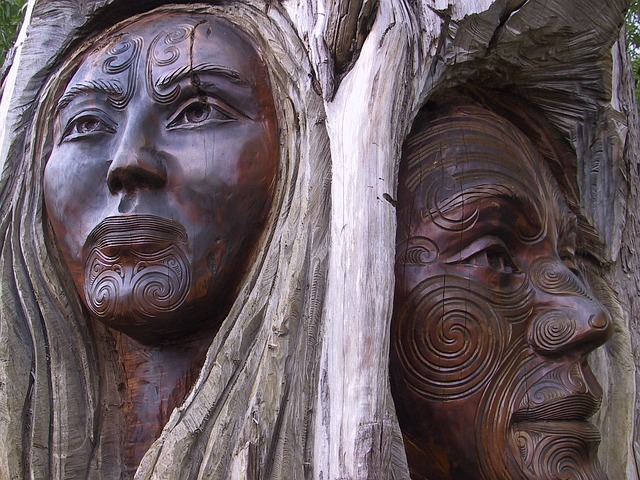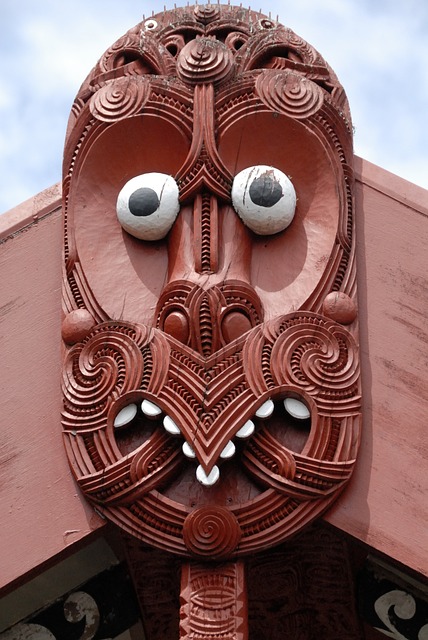
芸
2024-08-04
The Reason for Establishing an Organization for Art and Cultural Exchange Overseas
No items found.
July 11, 2024, became a memorable day for me, a day I had long dreamed of.

It had been about a year and a half since I suddenly realized the magnificence of traditional Japanese crafts and artworks, and I had been exploring how I could get involved with them.
Traditional crafts are more than just crafts; they are art and masterpieces. Japan has countless cultural and artistic treasures that have been passed down over centuries, even more than a thousand years. Unfortunately, the number of people inheriting these traditions is decreasing, and many of these cultural assets are disappearing.
About a year ago, I returned to Japan temporarily. During that visit, I met with washi (Japanese paper) craftsmen, washi artists, and ukiyo-e woodblock printmakers. They all expressed that they felt the domestic demand in Japan was reaching its limits and showed great interest in exhibiting and selling their works overseas.
Upon returning to New Zealand, I visited a Japanese person who has been involved in cultural exchange here for many years. I wondered if there was anything I could do and shared the current situation in Japan.
A year has passed since then. This time, I had the opportunity to meet with her again, along with young Japanese people living in New Zealand. Finally, we reached an agreement to establish a new organization for cultural exchange.
This is the long-awaited start.
“To carefully and attractively convey and introduce traditional Japanese culture, allowing people to know, appreciate, and enjoy it with a rich heart.”
As past articles on why cultural arts are needed now have suggested, I feel that it is essential now more than ever. While it is important to value one’s own culture, we cannot afford to be complacent in today’s world.
Especially in Japan, many people have become indifferent and fail to recognize the many wonderful aspects of their own country.
Since the Meiji Restoration, when Japan adopted many Western cultures, Western culture has been regarded as the most advanced and sophisticated. Meanwhile, Japanese culture gradually faded away. This acceleration occurred around the time I was born. According to various statistics, the production value and the number of people engaged in traditional crafts have decreased to about one-fifth to one-tenth of what they were over the past 50 years.
Even now, traditional crafts are a common sight in Japan. However, in an era where inexpensive mass production is the norm, the opposite—traditional crafts—may not be generally sought after.
That is why I believe we need some kind of strategy to draw attention to these crafts. We are inheriting a culture that deserves global recognition.
I have a name that I have been imagining on my own.
It’s in Maori language. It combines meanings such as dawn, bright, world, earth, day, and cloud, along with the meaning of the sea.
The image that came to my mind is of a blue, brightly glowing earth and sea.

An earth where the whole world is connected by the bright sky and sea, with no boundaries, spreading infinitely. This is exactly like “sky and sea.” It’s a world that extends endlessly without division.
I believe that cultural activities are a means to maintain peace of mind across races while respecting each other’s cultures.
There is already a similar name in Hawaii. Also, a Disney movie with a girl as the protagonist uses this name. Both Hawaii and New Zealand are island countries in the Pacific Ocean, so the indigenous cultures are quite similar. Therefore, there seems to be such common words.
I need to confirm if this name is actually appropriate and not awkward in nuance from the perspective of people who understand Maori.
Since it’s still in the draft stage, I will let you know once it is finalized!
I have no intention of proclaiming that “Japan is amazing!”
However, it is a fact that Japan has a long history, rich nature, and many cultivated cultures and technologies.
As someone who inherits the spirit of the Japanese, I thought there might be something I can do for the people of Japan, New Zealand, and the world while conveying these elements.
This is an activity that aims to help build a better and brighter future coexisting with nature.
Compared to Japan, New Zealand is a very sparsely populated country (about 5.2 million people). Looking at Japan’s tendency to spread traditional crafts to America, China, and Europe, the population and economic impact might seem minimal.
However, I feel that there are several commonalities between New Zealand and Japan, which are located at similar latitudes in the Northern and Southern Hemispheres respectively, and have somewhat similar shapes and sizes of land. That’s why I believe there is significance in engaging in activities in this country.
Both countries are island nations surrounded by abundant water and rich nature, with four distinct seasons.
Additionally, there is the presence of the Maori people. The Maori language also has vowels similar to “a, i, u, e, o,” somewhat resembling Japanese. The traditional thinking of the Maori people is quite similar to that of the Japanese. It is difficult to put into words, but I understand that both cultures share a common recognition that “gods reside in everything.”
Both are Pacific islands, almost like siblings.

These ideas are still in the conceptual stage in my mind and may evolve based on necessity and feasibility.
I envision offering exhibition and sales spaces in locations where people can enjoy them in their everyday lives.
As a Japanese, my goal is to accurately convey information and skillfully present and sell genuine, authentic items. Initially, I will handle works from individuals I have personal connections with, but ideally, I would gradually expand the scale. We will create systems based on necessity, demand, and requests.
Even the smallest things can serve as cultural exchange. Something as simple as origami is a significant cultural exchange.
We will use grants from Japan to invite specific individuals and hold large events regularly. At the same time, we will devise a system for small, everyday events that people can casually participate in.
Recently, someone who practices mizuhiki (decorative knotting) in Japan visited New Zealand privately. She mentioned holding a workshop with some friends here.
If we can organize opportunities for people with certain skills visiting here to interact with locals, we can offer casual experience opportunities.

In New Zealand, as noted in “Bridging Culture: The Rising Tide of Asian Arts in New Zealand,” there has been increasing attention to Asian art, and exchange activities through art are becoming more active.
Regarding Japanese art, we are considering collaborating with such institutions. We aim to introduce artists not only from Japan to New Zealand but also from New Zealand to Japan.
Additionally, we can introduce and exhibit Maori traditional crafts and culture in Japan. Not only will we plan these projects ourselves, but we can also act as a bridge if there is a demand from Japan to introduce Maori culture.
Introducing the Maori culture, which shares commonalities with Japanese thinking, to Japan might include interesting projects such as publishing Japanese versions of Maori picture books in Japan.
We will assist visitors from Japan who come to New Zealand as lecturers or performers.
When organizing workshops and events locally, we will arrange their travel and accommodation. As an organization, we will determine how we can be involved and what the specific needs and requests are.
For visitors from New Zealand to Japan, facilities like Wa no Mori Yamakita can accommodate their needs and provide learning opportunities about Japanese culture.

We need to register as an organization in New Zealand first.
The most common form for a non-profit organization in New Zealand is an incorporated society. This requires a minimum of 10 members.
We aim to apply for registration within this year and simultaneously proceed with building the framework.
The most important thing is that the members themselves enjoy the activities. There is no need to force anything, and we will prioritize mental relaxation.
Additionally, I want to emphasize the spirit of mutual coexistence and prosperity.
The flaw in the capitalist economy has been the concentration of energy in the hands of a few. Money, status, and power are all forms of energy. Instead of judging things based on the concept of profit and loss, we focus on coexistence and mutual prosperity. It is ideal if everyone can be happy.
Not forcing oneself does not mean cutting corners. It means that each person engages in activities with the awareness and professionalism of their respective roles.
So far, I have shared various thoughts and ideas that have yet to take shape. Without imagination, there can be no creation, so for the past three weeks, I have been contemplating various things. In truth, it has been a year and a half.
Even if laughed at or ignored, I have come this far in the hope of bringing these ideas to fruition.
I want to closely observe how much we can achieve from this year through the end of next year.
Now, I look forward to what lies ahead!